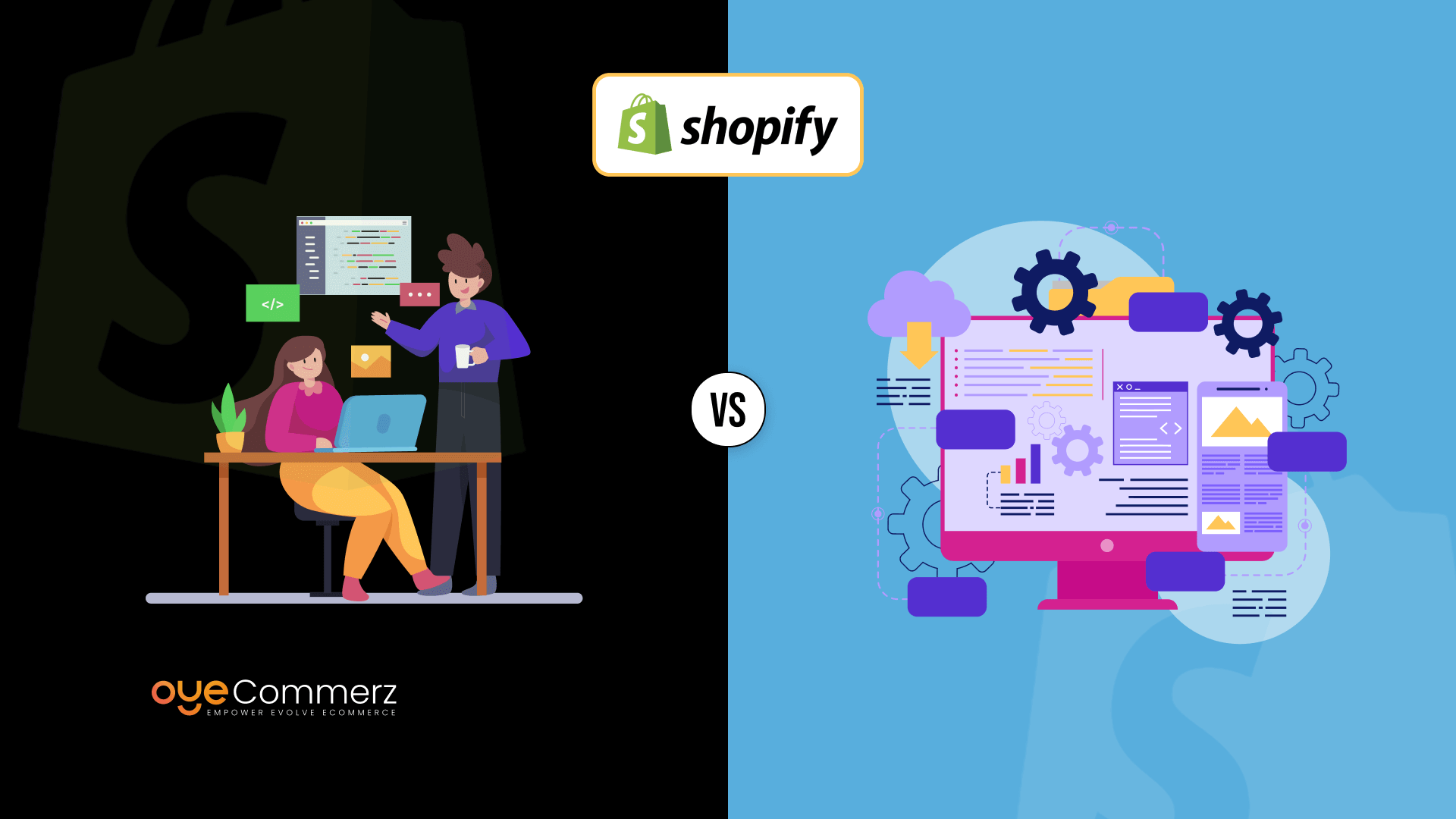Maximize Sales and Productivity with Personalized Shopify Applications Created to Scale
Maximize Sales and Productivity with Personalized Shopify Applications Created to Scale
Blog Article

Introduction
In this intense e-commerce environment, Shopify store owners are continually seeking methods to boost profits and streamline their operations. An impactful method is through personalized Shopify applications designed to meet individual business needs. Syncing with the Shopify API and leveraging tools like the Polaris design system, these apps enable businesses to grow sustainably while improving customer engagement. In this article, we’ll discuss key aspects of Shopify application creation, from visual design concerns and essential features to recommended strategies for upkeeping and scaling apps effectively.
1. Grasping Shopify API Linkage
A comprehensive understanding of Shopify’s Application Programming Interface—including Representational State Transfer and Graph Query Language—is key for developing high-performing Shopify applications. With these APIs, developers can retrieve, change, and administer details within a Shopify shop. The Graph Query Language interface provides optimized data management, allowing for speedier outputs by obtaining only the essential information. Connecting the API allows app creators to adapt app capabilities to the organization's particular requirements, offering a integrated customer interaction that improves operational effectiveness and sales.
2. Leveraging the Polaris Design System
Shopify’s design system assists developers to design a cohesive and user-friendly experience across Shopify applications. Polaris offers a set of elements and guidelines that align with Shopify’s branding, creating apps feel cohesive within the Shopify platform. This approach goes beyond aids intuitive app navigation but also helps ensure branding uniformity, an critical aspect in building confidence with users.
3. Creating within the Shopify Marketplace
The Shopify app ecosystem is broad, enabling developers to develop built-in Shopify apps that function in a shop's control interface. Embedded apps simplify the user experience by linking smoothly within Shopify’s dashboard, cutting down on the requirement for distinct sign-ins or additional navigation. For creators, using Node.js for server-side tasks and React for the user interface has become a preferred option, as these frameworks enable growth-ready, responsive apps that offer an optimal UX.
4. Core Features for Shopify Applications
A successful Shopify app requires functionalities that address critical issues in the customer shopping experience. Automated notifications for immediate alerts, custom theme adjustment features, and cross-channel commerce capabilities are essential aspects that can improve business oversight and customer engagement. By integrating these functions, Shopify apps not only optimize business processes but also enhance the shopper's journey.
5. Best Practices for App Development
When building Shopify applications, it’s important to maintain optimal techniques. App maintenance strategies such as frequent patches, user assistance, and safety measures are critical for building consumer confidence. Digital marketing for Shopify apps can also be leveraged to increase app visibility and adoption. Customer engagement tactics, such as push notifications and reward Shopify app maintenance systems, are important for keeping customers and building a loyal customer base.
6. Scaling Shopify Apps for Success
As Shopify stores scale, growing app performance becomes vital to handle greater usage and feature requests. Adopting cloud-based setups and focusing on efficient data handling through Graph Query Language can support applications grow without performance issues. It’s equally important to have a plan for scaling the app’s backend systems to manage expansion, including a guide for finding a technical team with expertise in Shopify apps.
7. Examining the Expense of Building Shopify Apps
Developing tailored Shopify apps can differ widely in investment depending on the capabilities, linkages, and personalization necessary. Fundamental functions like backend linkages, customer engagement tools, and digital marketing capabilities can increase expenses. However, the profit potential is often valuable, as these applications can immediately boost profits and optimize workflow.
8. Upkeep Approaches
Maintaining an app is just as crucial as developing it. Regular updates to address bug fixes, improve customer engagement features security, and keep alignment with the latest Shopify platform updates are important. Planned support measures also feature client help and additional improvements that keep up with changing online shopping trends.
9. Resources for Building Shopify Apps
Shopify supplies multiple options to ease the app-building journey, from coding environments like Node.js and React.js framework to automated notifications for immediate changes. Resources such as Shopify’s CLI streamline the development workflow, while Shopify App Bridge facilitates internal apps to work smoothly with Shopify’s control panel. These resources are key for developing solutions that are both functional and user-friendly.
10. Upcoming Innovations in Shopify Application Building
The prospects of Shopify app development is exciting, with innovations pointing towards AI-powered features, enhanced omnichannel capabilities, and improved app extension options. As online shopping progresses, programmers will be required to anticipate these trends to develop solutions that don’t just meet but outperform customer needs.
Final Thoughts
Tailored applications for Shopify offer a strategic way for digital retailers to grow effectively, drive profits, and optimize processes. From connecting with data interfaces and the Polaris design system to core elements and maintenance strategies, all factors of Shopify app development plays a important role in ensuring a smooth interaction for customers. As Shopify moves forward, anticipating upcoming innovations in app development will help developers maximize Shopify’s comprehensive offerings, reinforcing their standing in the e-commerce market.
Report this page